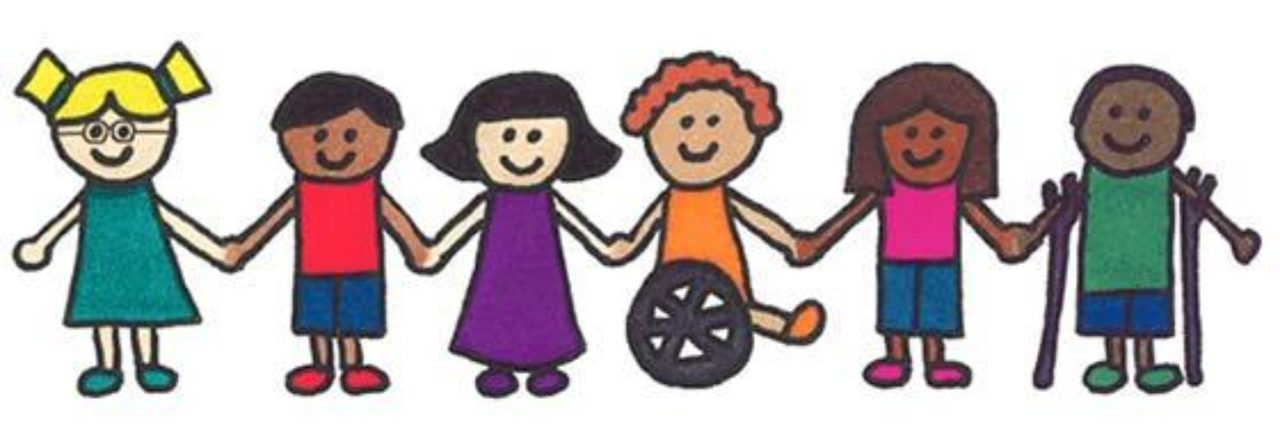Competency:
- Teachers should attend to their needs for continual professional growth by attending webinars, podcasts, in-service sessions.
I volunteered under Ken Ellis and Kirsten Flinn, who are Learning Assistant Resource Room Teachers at Merritt Central Elementary.
Permission Forms:
Reflection:
I volunteered with two Learning Assistance Resource Teachers (LARTS) at Merritt Central Elementary, spending a full school day shadowing Ken Ellis and Kirsten Flinn. During my time at the school, I learned a lot that will help me improve as an educator, as I was taught about assessments, safety planning, de-escalation protocols, incident reporting, paperwork, and intervention support groups.
Kirsten showed me various assessment pieces. I learned about ‘level a, b, and c’ assessment types. I now understand who can implement the leveled assessments, as Kirsten reviewed that ‘level a’ is what classroom teachers implement, ‘level b’ takes further training and can be implemented by LARTs, while ‘level c’ takes even more training and may be administered by an education consultant. One example Kirsten discussed with me was the ‘WIAT-III test’, which is administered by the LART when a classroom has serious academic concerns about a student. This test generates findings in several academic related skills, and shows where there may be a discrepancy.
I also had the chance to listen to safety planning techniques as Ken and Kirsten showed me an example of the safety plan that SD58 uses. I learned to add information such as positive behaviour supports and functions of behaviours. The template also has a spot where anyone who supports the student is listed in the safety plan. After the safety plan is finished, I was informed that the teacher, EA, and student’s file get a copy of the document.
After safety planning, an incident occurred that required using safety protocols. A student became escalated, and the class had to evacuate. The teacher took the class, while the EA came for support. Both LARTS were called and went to get the student, and the student was brought to the resource room to calm down. He was watched, but until he was calm, there was no interaction. Ken mentioned how no demands can be made until the student is calm and ready to discuss what had occurred, or it could trigger another escalation of behaviour(s). Through observing Ken, I was able to witness the safety and evacuation protocols.
I also learned about writing incident reports. There was an incident that occurred outside at lunch, and the staff showed me how it was recorded as well as where the information is stored. I learned that for an individual incident with one student as the focus, I was to use only the main student’s initials, and not others who may have been involved. Prior to this, I thought I was to list the names of other students involved, but Ken instructed me that this was not the case.
After lunch, I talked with Kirsten about her intervention supports. She explained how at Central Elementary, student support services will help one class for three weeks and then rotate.
For this 3-week rotation, Kirsten was helping the teacher in the Grade 3 classroom with support groups. The classroom teacher chose to focus on writing interventions. Kirsten reviewed her writer’s workshop paperwork and activities she would implement into the classroom. She further elaborated that the class is divided by abilities, and supports needed are based on the student’s tier level. Some activities included story starters, vocabulary poems, tracing letters, and fill-in-the blank worksheets. Overall, Kirsten helped further my knowledge on how LARTs may run their intervention groups.
Finally, I learned about paperwork. Kirsten and Ken showed me their communication books. A communication book is where any form of communication for a student with an IEP is recorded. This includes recording emails and phone calls. The communication binder may also include copies of notes regarding the student. Ultimately, any communication must be tracked and added to the binder.
In only five hours of volunteering, I learned much valuable knowledge. I had the privilege of working one-one-one with the LARTs for a full school day. I now better understand the role of a LART, doing assessments, safety protocols, paperwork, and intervention supports. Overall, my experience provided me with a great in-service learning experience!
